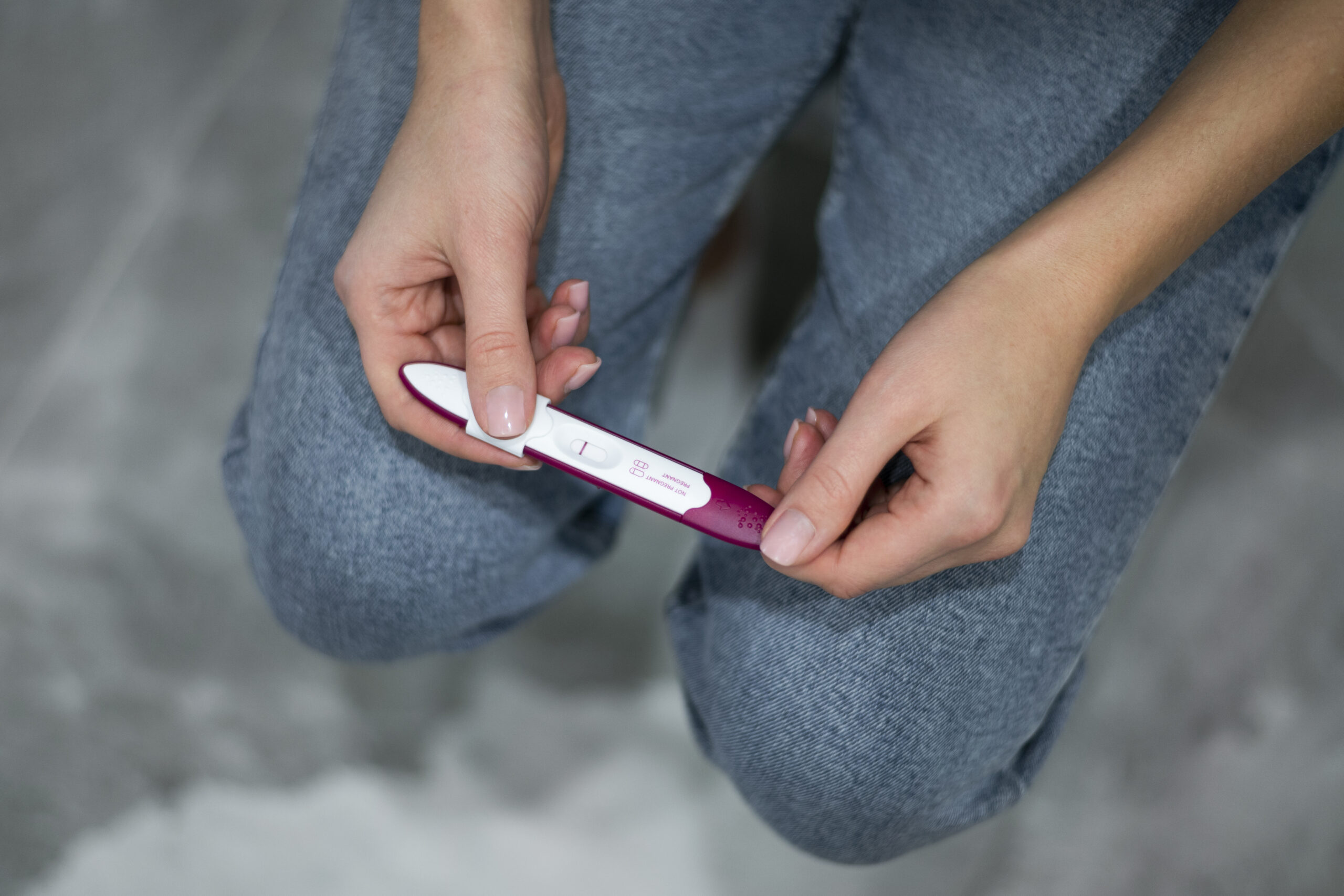


PGD (Preimplantation Genetic Diagnosis) stands as a beacon of hope for couples grappling with irreversible infertility challenges. You may be familiar with the intertwining of PGD with infertility treatments, and this is because PGD serves as a potent tool in addressing various underlying infertility causes, especially in cases of genetic abnormalities. Conventional IVF procedures often rely on a certain number of healthy sperm and optimal functionality for successful fertilization. However, PGD sidesteps these requirements by meticulously assessing the genetic makeup of embryos in a laboratory setting. This comprehensive genetic analysis allows for the selection of the healthiest embryos, significantly enhancing the likelihood of a successful pregnancy and the birth of a healthy child.
IVF offered as an infertility treatment for couples with age 35 or above age couple. It is used to treat many causes of infertility: Older women damage or blockage of the pelvic arteries (which may result from pelvic inflammatory disease or past surgery)
The Society for Reproductive Technologies (SART) says the birth rate via in vitro fertilization for women under 35 approx 55.7%. The birth rate in the first embryo transfer approx 41.3%. Birth rate in second embryo transfer is around approx 47.1%.
In the realm of assisted reproductive technologies, the success of Preimplantation Genetic Testing (PGT) hinges on several critical factors. PGT, often used in conjunction with In Vitro Fertilization (IVF), offers hope to couples dealing with genetic disorders, recurrent pregnancy loss, or advanced maternal age. The effectiveness of PGT is significantly influenced by the accuracy of genetic testing, the quality of embryo biopsy, and the selection of euploid embryos for transfer. These success factors not only ensure a higher likelihood of a healthy pregnancy but also play a pivotal role in reducing the risk of genetic abnormalities in the offspring. The precision of PGT testing methods, the expertise of embryologists performing the biopsy, and the ability to identify chromosomally normal embryos are paramount in achieving the desired outcome. Additionally, the timing of embryo transfer and the receptivity of the uterine lining are crucial determinants of PGT success. Couples embarking on the PGT journey can find assurance in the meticulous attention to these factors, ultimately increasing their chances of a successful and healthy pregnancy.




During IVF, embryos are cultured for a few days. At around the blastocyst stage (typically five days after fertilization), a few cells are removed, and genetic testing is conducted on these cells to identify any genetic abnormalities. Only healthy embryos are selected for implantation.
PGD can detect various genetic conditions like cystic fibrosis, Huntington’s disease, sickle cell anemia, Tay-Sachs disease, chromosomal abnormalities (e.g., Down syndrome), and others determined by specific genetic markers.
The cost of PGD can vary widely depending on the clinic, location, specific tests required, and insurance coverage. It can range from several thousand to tens of thousands of dollars.